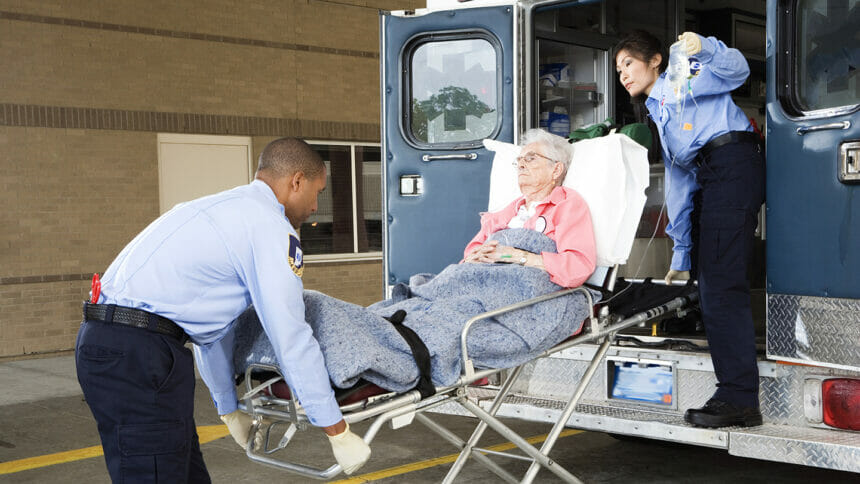
Certain social determinants of health are linked to emergency department visits in older adults who have two or more chronic conditions, a new study finds. The authors called for interventions to affect the prevalence of multiple chronic conditions.
Multimorbidity is defined as having two or more chronic conditions, according to the report released Wednesday in BMC Public Health. The conditions include diabetes, hypertension, asthma, stroke, cancer, arthritis, chronic obstructive pulmonary disease, and heart, kidney and liver diseases.
Researchers analyzed data from 28,917 adults who were over 50 years old. Data came from the 2010 to 2018 National Health Interview Survey. The average age was just over 68 years old, and 56.8% of the participants were female. The team looked at social determinants of health including race and ethnicity, poverty income ratio, marital status, education level, insurance status, medical care access and living location. Investigators asked people how many times in the past year they had gone to a hospital emergency room. The team included data on emergency room visits that resulted in hospital admission, too.
More non-Hispanic Black and Hispanic people visited the emergency department, and they were more likely to have a high school or lower education level and be unemployed compared with those not visiting the emergency department. Also, more women and singles visited the emergency room compared to those who didn’t visit the emergency room. Perceived health status was poorer in the group of people visiting the emergency room, though health insurance status did not differ between the two groups.
The most reported chronic condition was hypertension. Heart disease and diabetes followed as the top conditions. Cancer was the only disease with a significantly higher prevalence in the non-emergency-care group compared to those who sought care at an emergency room.



